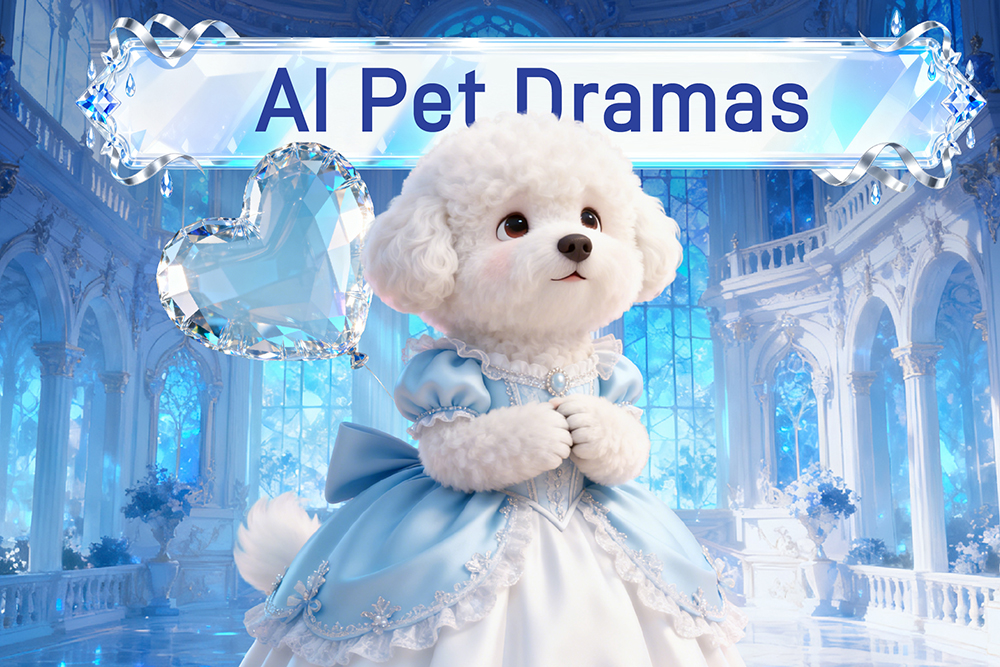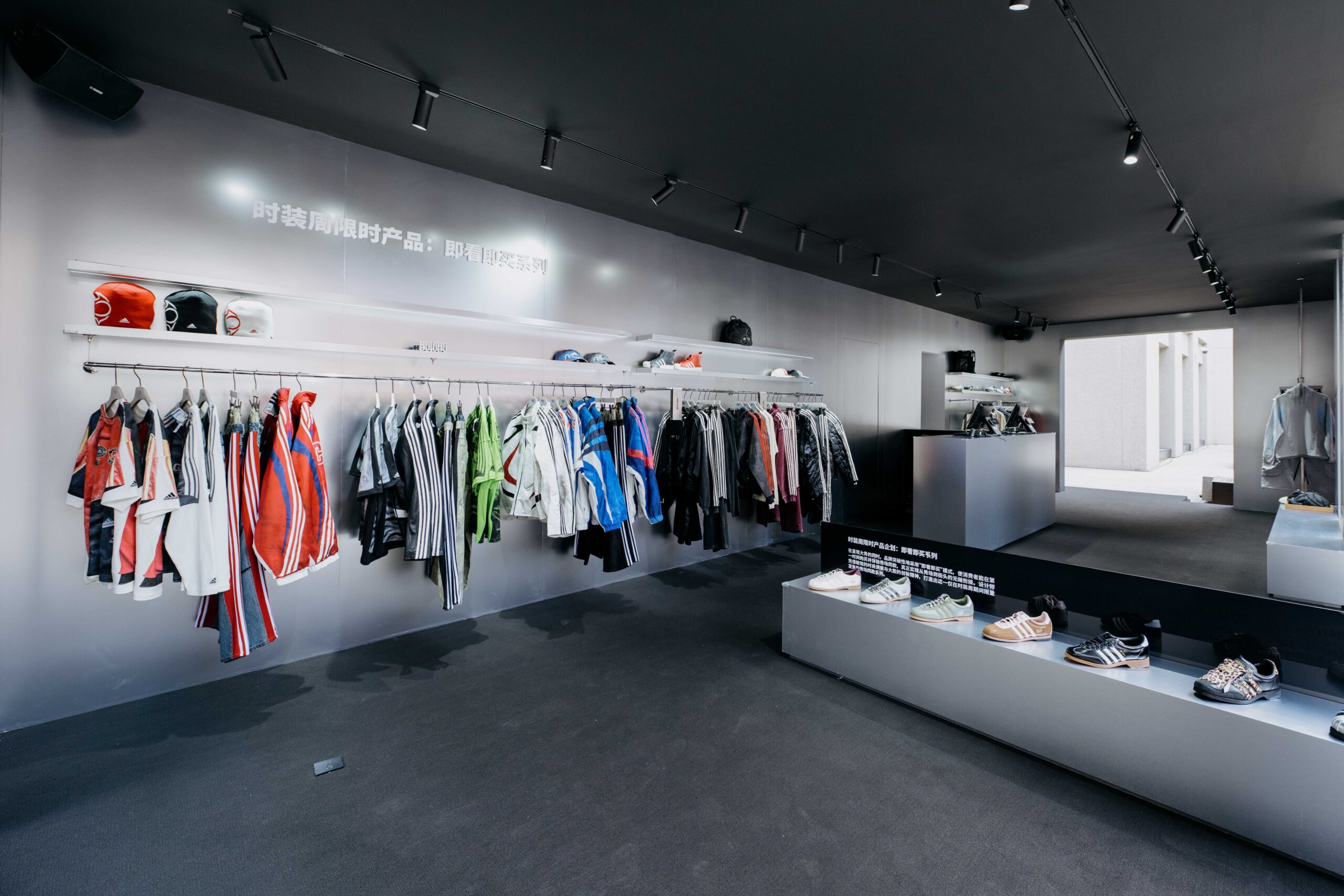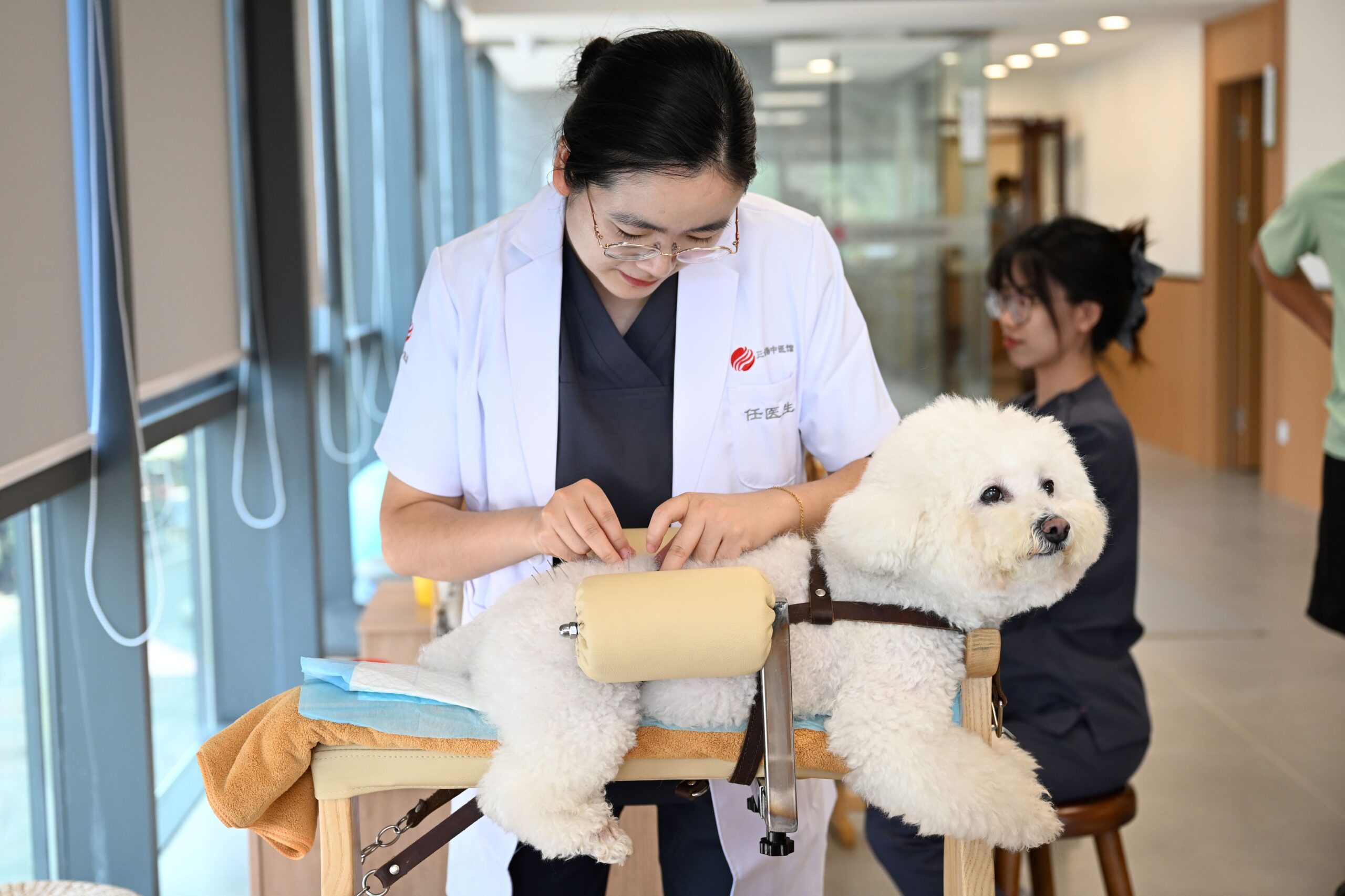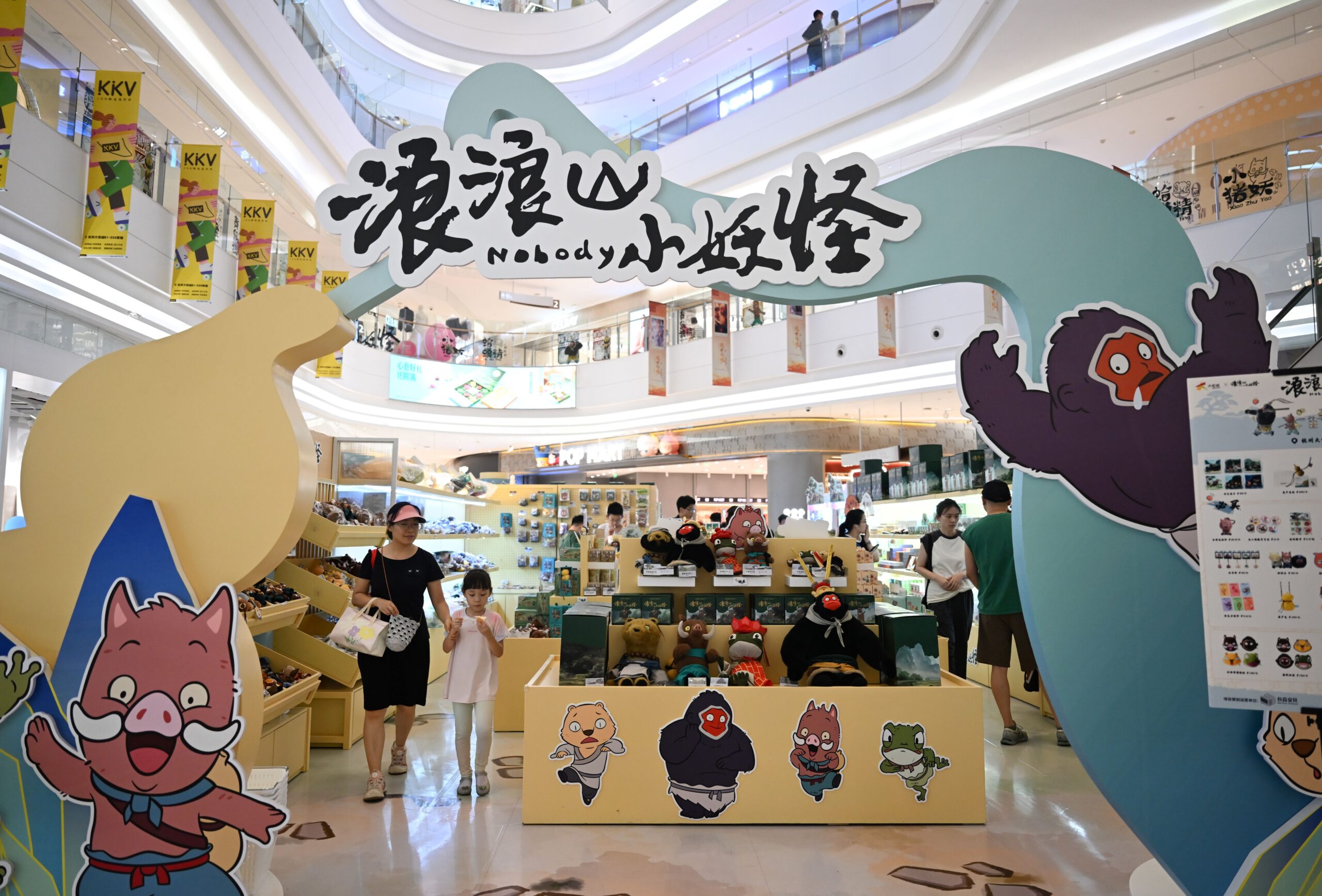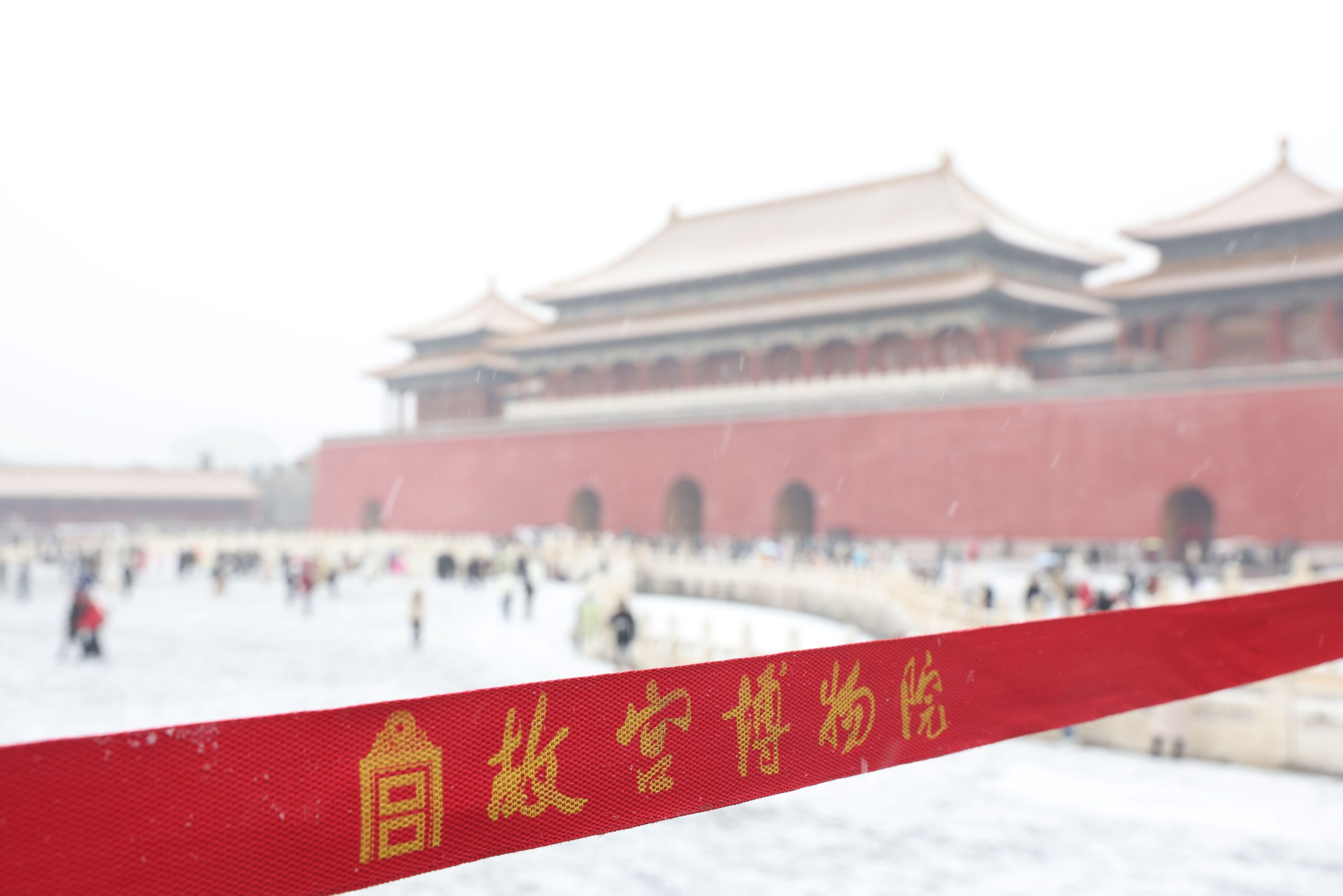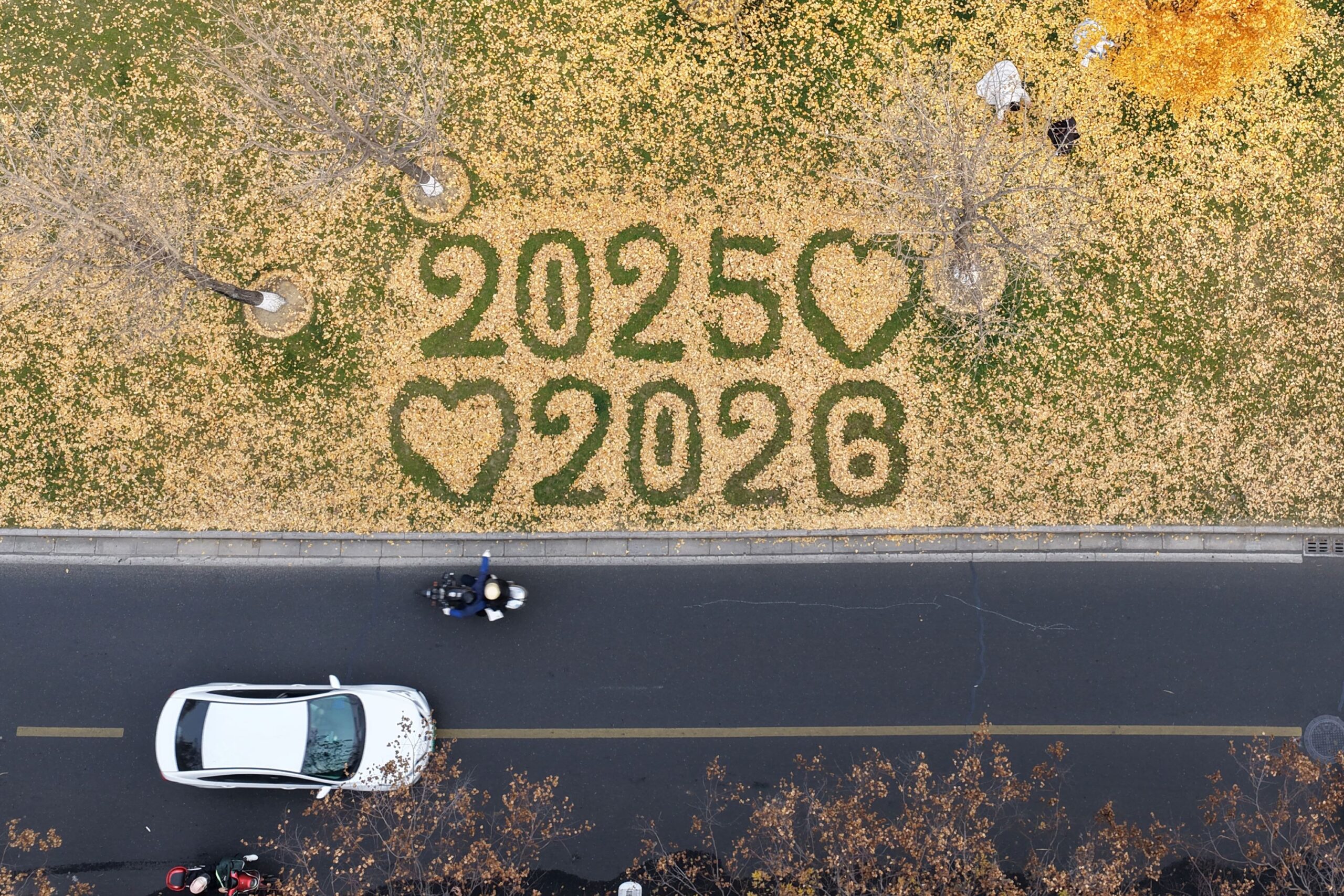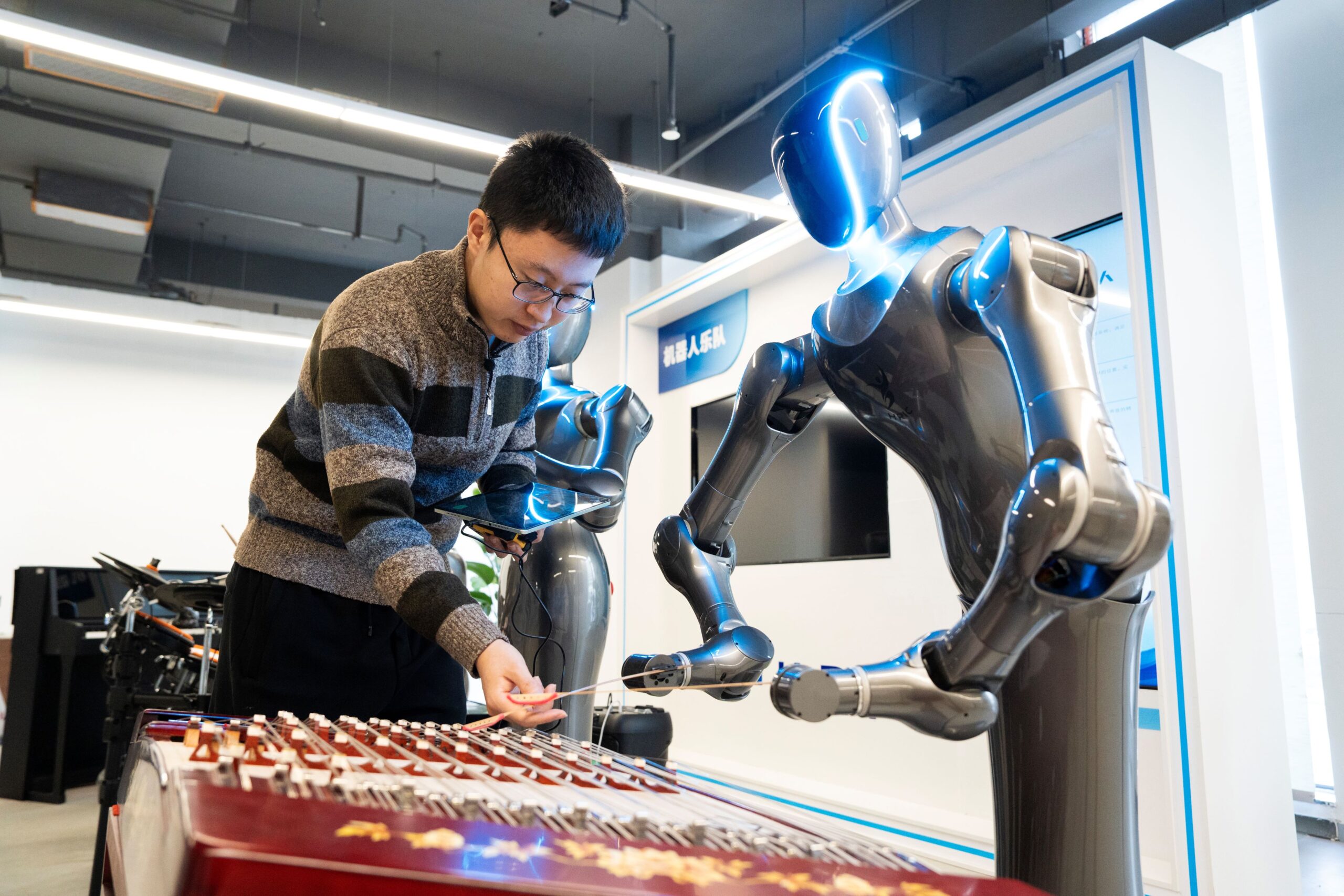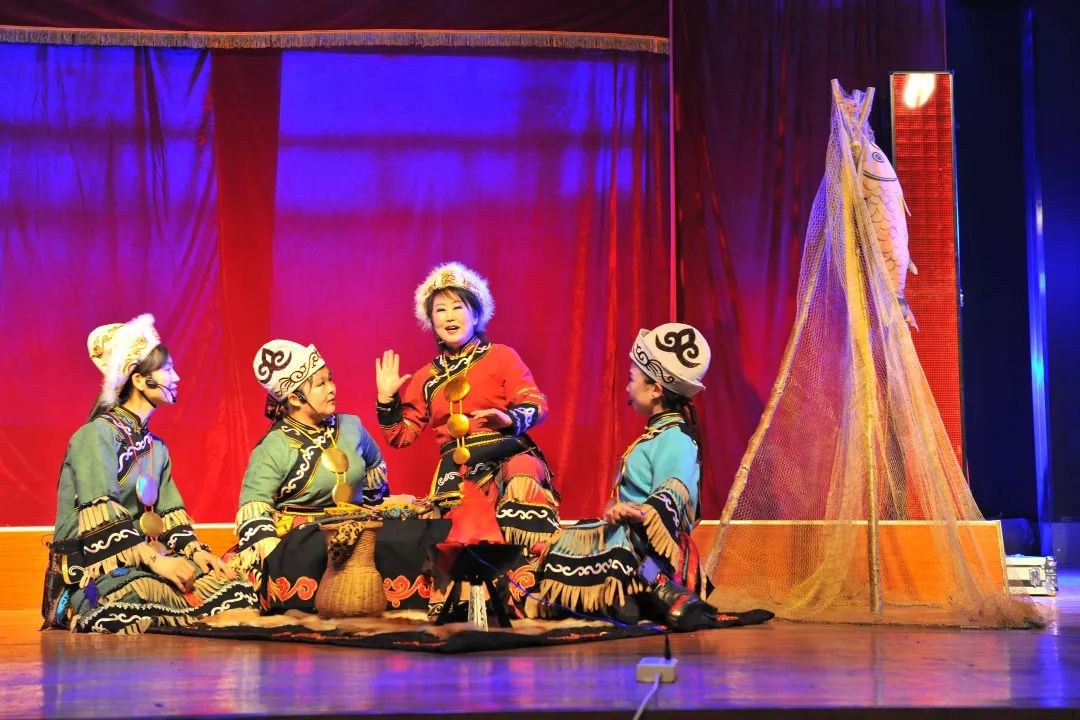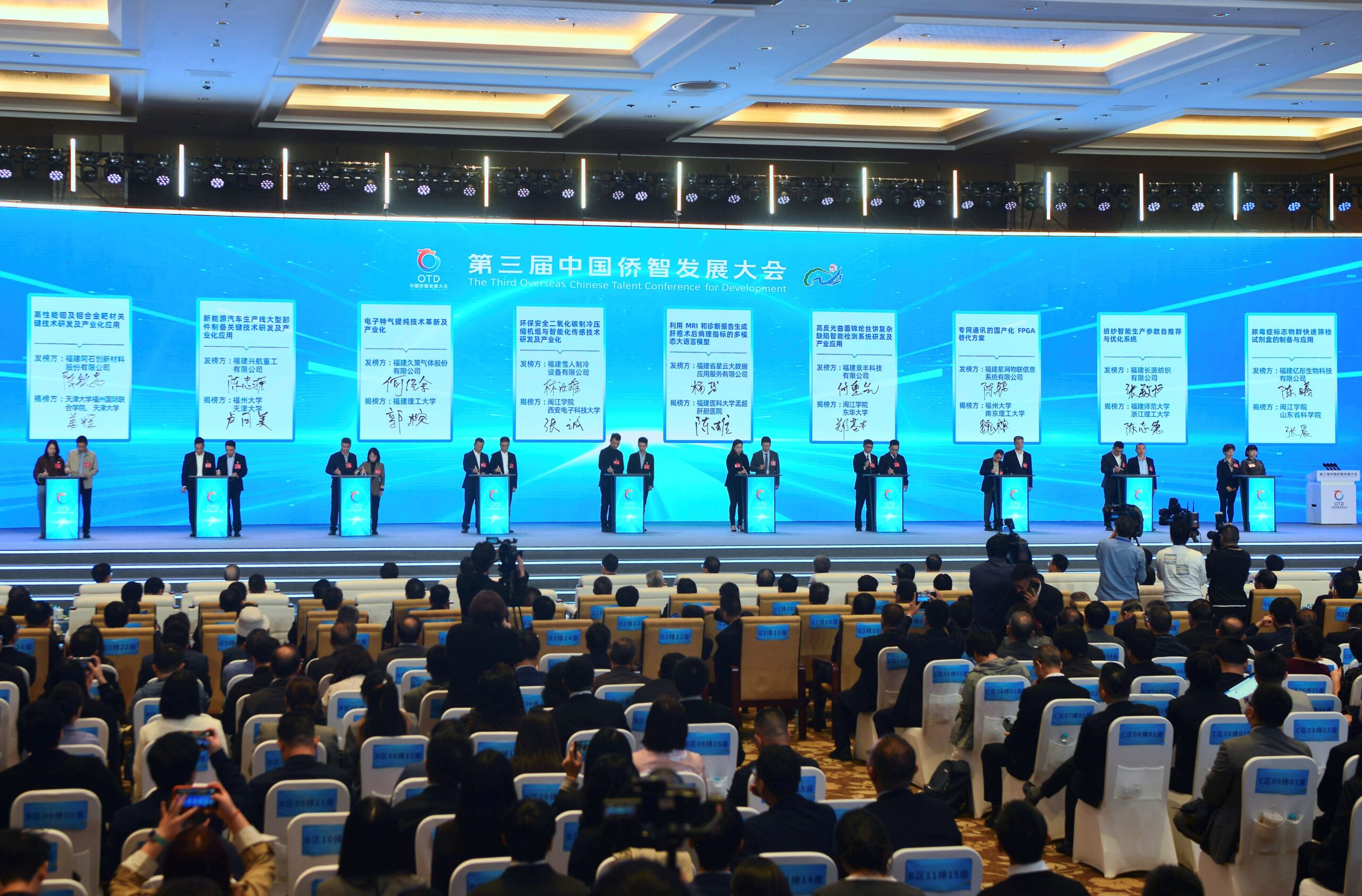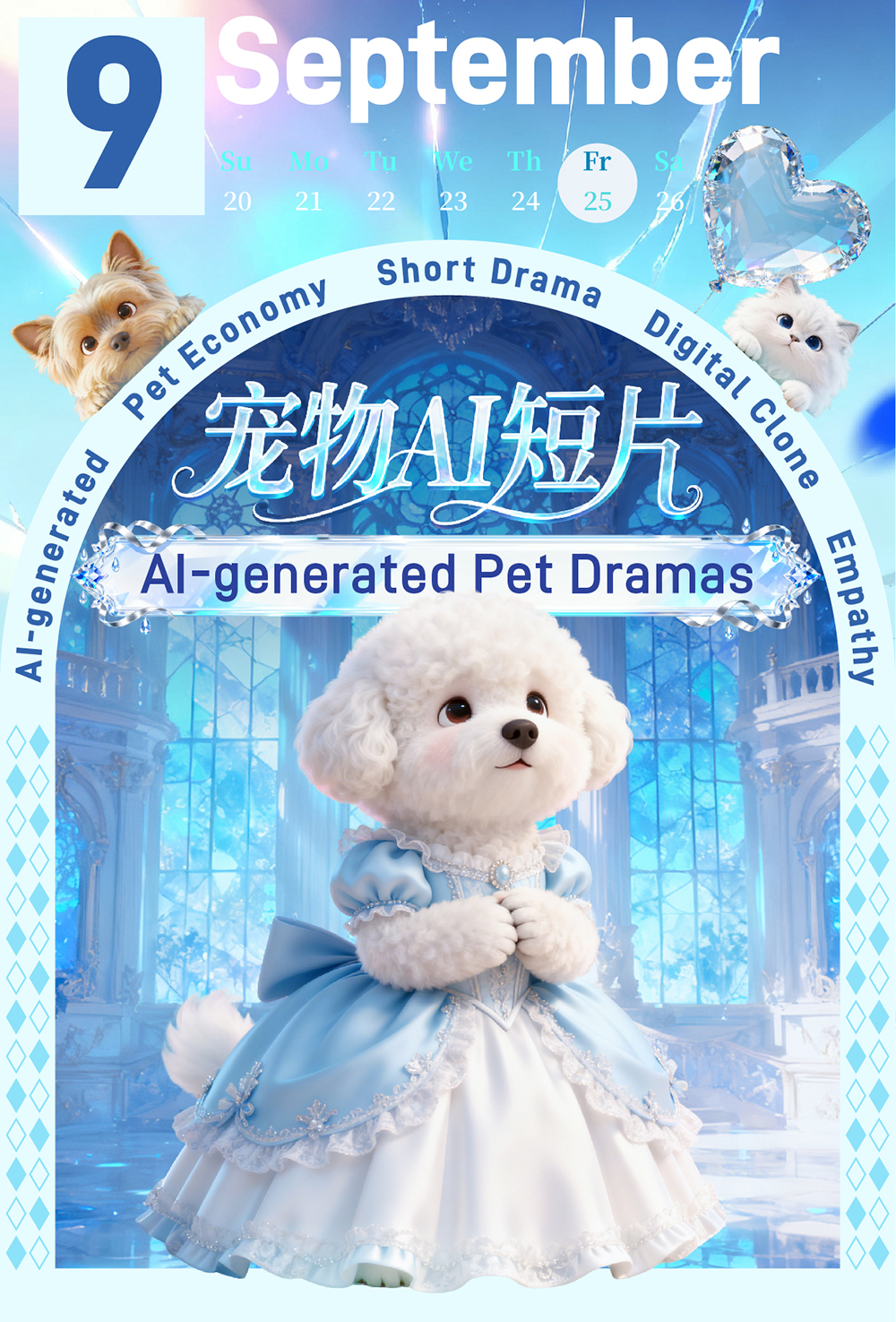
Recently, a short drama titled “Bichon Princess: She Rules the World” (《比熊殿下她权倾天下》) has kept Chinese fans waiting eagerly for new episodes each day. Meanwhile, competition in the short video market grows fiercer. In this environment, a new content format is rising quietly—AI-generated pet dramas.
These dramas use AI to craft anthropomorphic pet storylines and produce customised digital images. They have attracted more than one million followers in just one month on platforms like Douyin and Redbook. At the same time, this trend has opened new monetisation models such as “personalised AI pet portraits” and “digital cloned pets.” According to industry insiders, the short drama boom, AI technology, and the pet economy together are fueling the popularity of AI pet short dramas.
AI-Generated Pet Dramas Take the Spotlight
“AI-generated pet dramas are becoming new stars in the short video field,” said Zhu Liangliang, general manager of Hefei Taifang Culture Communication Co., Ltd in Anhui Province. His company entered this niche last year and has since produced several hit AI pet dramas.
In these shows, pets work in offices, care for children, and even star in workplace, costume, and suspense plots. Their playful and surprising stories keep viewers hooked. For example, on Douyin, the 82-episode “Orange Cat” Micro-Drama has gained more than 24 million views. Likewise, the 38-episode “Fat Orange’s Costume and Styling Story” has soared to 130 million views.
“When the short drama boom meets the pet economy and AI technology, AI-generated pet dramas are born,” Zhu explained.
The commercial value is also becoming clear. Revenue mainly comes from two channels. First, advertising—integrating promotions for pet products, household goods, and daily items directly into the storylines. Second, knowledge-based payments—offering training courses on how to produce AI-generated pet dramas.
AI Lowers the Barrier for Creators
“A one-minute AI-generated pet drama actually requires a more complex process than most people think,” said Cao Jieru, head of the Douyin account “LT Puppy Diary”.
Cao began experimenting with this format in March. Before that, she only made simple AI pet videos without storylines. But with the short drama boom, she decided to merge pet videos with drama storytelling. “Scenes impossible in real life—like dogs talking or acting—come alive on screen,” she said.
The creation process, however, is demanding. “First, I draft an outline based on audience feedback and inspiration. Then, I use AI to expand it into a full storyboard script. Next, I convert the storyboard into visuals, animate the images into video clips, and finally edit them by adding music, subtitles, and dubbing. None of these steps can be skipped, and multiple tools are needed throughout,” Cao said.
Even so, AI has significantly lowered the entry barrier. In the past, filming a short drama required a professional crew, actors, sets, and props. Now, just two or three people with computers can complete the work. The costs are low as well—only a few dozen yuan for AI subscriptions plus minimal labour expenses.
“Even someone like me, without professional film training, can create decent works,” Cao said. However, she also noted that producing high-quality visuals still demands artistic skills and technical know-how.
Written by Yi Shen, poster designed by Di Wang.
If you liked this article, why not read: 【Today’s Catchword】Peel-Apart Film Mania: Why China Is Obsessed With This Vintage Photo Trend

